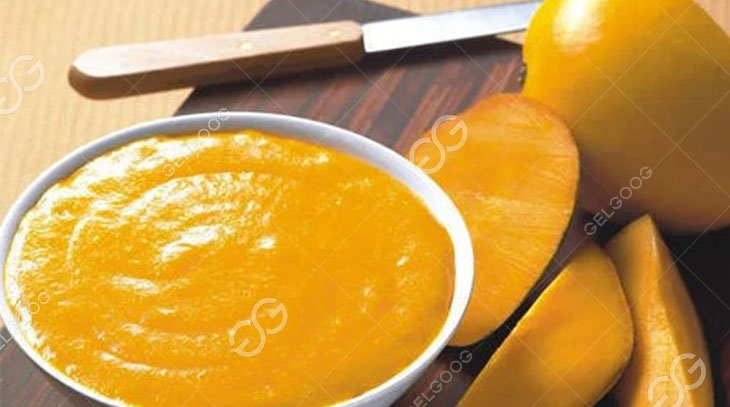Mango is a delicious and nutritious fruit that is consumed widely around the world. Mango pulp processing is an important part of the mango industry, as it helps to preserve the fruit and make it more accessible to consumers. The mango pulp processing plant cost can vary depending on a number of factors, such as the processing volume per hour, the level of automation required, and the type of equipment used.
The mango pulp processing process typically includes the following steps: mango cleaning, mango air-drying, mango peeling and beating, mango pulp sterilization, and mango pulp packaging. The first step in the process is to clean the mangoes thoroughly to remove any dirt or debris. This can be done manually or using automated cleaning equipment.
Once the mangoes are clean, they are air-dried to remove any excess moisture. This step is important to ensure that the mangoes are not too wet when they are peeled and beaten, as this can affect the quality of the pulp. After air-drying, the mangoes are peeled and beaten to extract the pulp. This step can be done manually or using automated equipment, depending on the level of automation required.
The mango pulp is then sterilized to ensure that it is safe for consumption. This is typically done using heat treatment or pasteurization. Finally, the mango pulp is packaged for distribution to customers.
The cost of a mango processing plant depends on a number of factors. One of the main factors is the processing volume per hour. A larger processing volume will require more equipment and a larger facility, which will increase the cost of the plant.
Another important factor is the level of automation required. An automated processing plant will require more equipment and will be more expensive than a manual processing plant. However, automation can help to increase efficiency and reduce labor costs, which can be beneficial in the long run.
The type of equipment used is also a factor in the cost of a mango processing plant. More advanced equipment, such as high-speed pulpers and automated packaging machines, will be more expensive than simpler equipment.
In general, if the requirements for automation and processing capacity are not large, manual cleaning, peeling, and core removal can be used, and only the purchase of mango pulper and mango pulp packaging equipment can meet the demand. In this case, the cost of the mango pulp processing plant will be lower. However, if a higher level of automation is required, then a more complex and expensive plant will be necessary.
In conclusion, the cost of a mango pulp processing plant depends on a number of factors, including processing volume, level of automation, and type of equipment used. It is important to carefully consider these factors when planning a mango processing plant to ensure that the plant meets your specific needs and budget.


